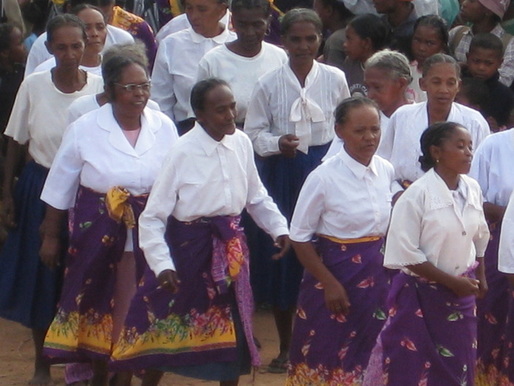 Matching lambas during a dance performance
Matching lambas during a dance performance The Malagasy people are actually very stylish dressers in my opinion. Perhaps not in a style recognized by the international community, (a bit like their government), but in a style at once personal and idiosyncratic. The love of bright colors is evident in the sheets, blankets and lambas that people swathe themselves and their babies in. The lamba is a multi-purpose sheet of cloth that is used as a sarong, a baby carrier or head wrap. It has deep significance in Malagasy culture and was traditionally woven from local thread. Now most women wear a mass produced lamba of printed fabric. One of the fashion idiosyncrasies is that men often wear garments in delicate hues and to see a man sporting a shirt in flaming pink or very feminine lime green is not so unusual. The further one is from the city and foreign influence the more individual stylistic expression reigns. One amazing phenomenon is the access Malagasy people have to very stylish and well tailored clothes second-hand from Europe. Many times I see people in $120 North Face or Polar Tec jackets that they picked up for $5 in the market. These clothes are donated to the equivalent of the Salvation Army in Europe and sold by the kilo to entrepreneurs who sell them at the local market.
I had intended to concentrate on improved cook stoves this year, but the best laid plans on mice and men and well-meaning vahaza, (foreigners), gang aft aglay. However, I did make some inroads into learning about what stoves are available on the local market and I actually started a working relationship with two stove producers, M. Mamy and M. Roland Berma. M.Mamy and his extended family are really aluminum smelters to trade, producing spoons,cocottes (pots), and jewellery, all made from recycled aluminum window frames doors. By a great stroke of luck, I was led to their door and discovered that they had made the covers/pot supports for a series of stoves ordered by ADES, a Swiss NGO working principally with solar cookers. Straight away, I commissioned 10 new stoves to be built, that I named the ‘Apro-Acme’, since the design was actually spawned at the Aprovecho Research Center. I didn’t get much opportunity to test them out, but just before leaving I did discover that there has been design drift leading to the covers/pot supports being shorter than the original specification which diminishes the draft through the stove. Next year I will bring them a new cast iron model that will get them back on track to the original specs.
Most city taxis in Madagascar are old Renault 4s, sometimes up to 50 years old. There are a few Deux Chevaux, and a few more modern Renaults (from the 70’s), but the field is utterly dominated by the farmer’s friend, the Renault 4. It has numerous advantages including a really spongey suspension that survives well the many cobbled streets in Tana and other towns, it is extremely simple to repair, with all parts being easily available or easily fabricated locally, it’s economical on gas as there really isn’t much metal in it and you can still pick up a completely refurbished one for $3 to 4,000. At first I was puzzled by the constant smell of petroleum inside the taxis, until I realized that the one-liter plastic bottle at my feet was in fact always full of gas! This is because the high cost of fuel forces taxi drivers to buy only one liter at a time.
While I was cooling my heels in Fianarantsoa, waiting for a PV project to be funded, I took a side trip with two French friends to the nearby village of Soatanana. Beautifully located next to a steep rock massif, this village is famous for being the center of an unusual Malagasy Christian cult. Founded in the 1890s by a Malagasy man who was seriously ill, then cured by divine intervention, the cult now has thousands of adherents and is to be found in all parts of the country. Defining features of this faith are that the members are always completely dressed in white, (to symbolize purity), their main form of worship is singing, they wash the feet of travelers and they do not pratice “second burial”, (which is common among most other groups). They do however, practice evangelism, which I was less keen on. Never-the-less, they treated us with great respect and welcomed us into their midst. We attended a Sunday mass with several hundred believers and enjoyed greatly their renditions of old hymns, in a distinctive Malagasy style.
Although the funding for the PV system on the new Maison de Vannerie, (basket weaving), in Ambohihamasina never did come through, Samantha at Feedback Madagascar did tell me about three villages with clinic solar systems that could use some help. The first clinic was in Mahazony and served a population of around 11,000. M.Hasina and his wife, the residents medics, put me up me in their house while I diagnosed the problems with the PV system, installed 7 years ago by Electriciens Sans Frontieres. The PV panels still worked, but the batteries were totaled and unbelievably, someone had wrecked the charge controller by brutally removing several of the key electronic components. Luckily, I had an exact replacement charge controller, but it was stored back in Tana, a two-day, several taxi brousse journey away! Since the batteries were only available in Tana anyway, I decided to make the trip.

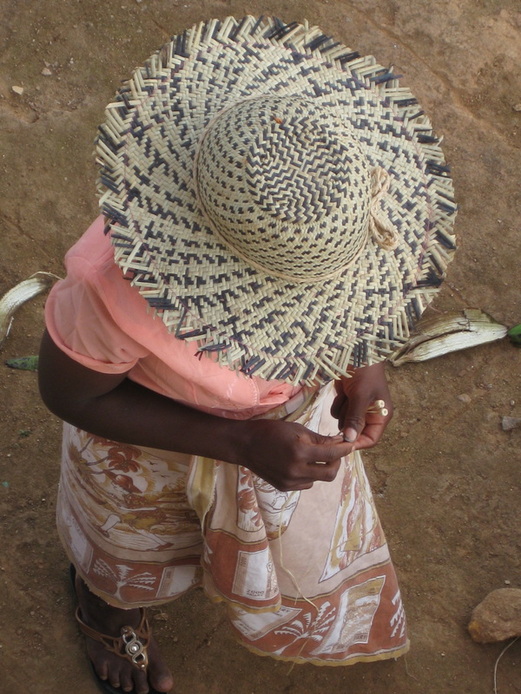
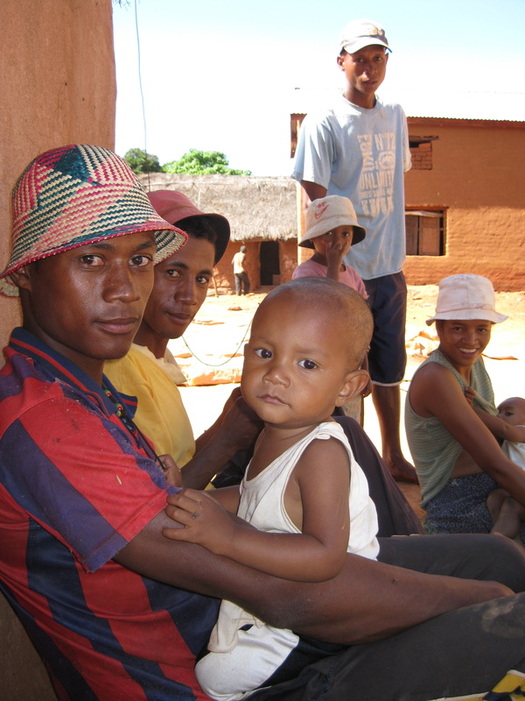
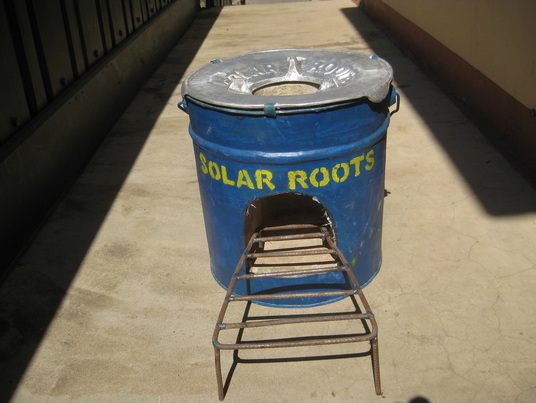
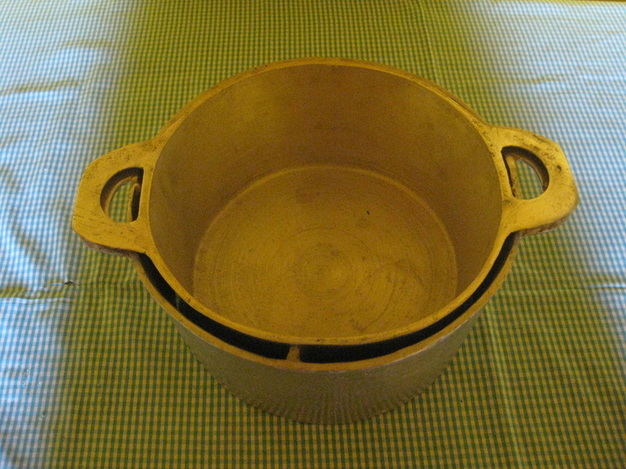
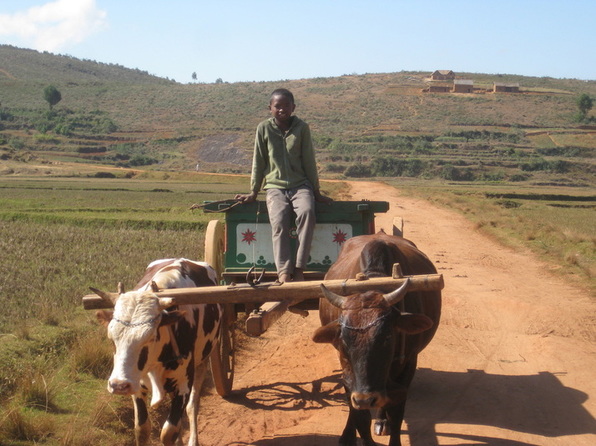
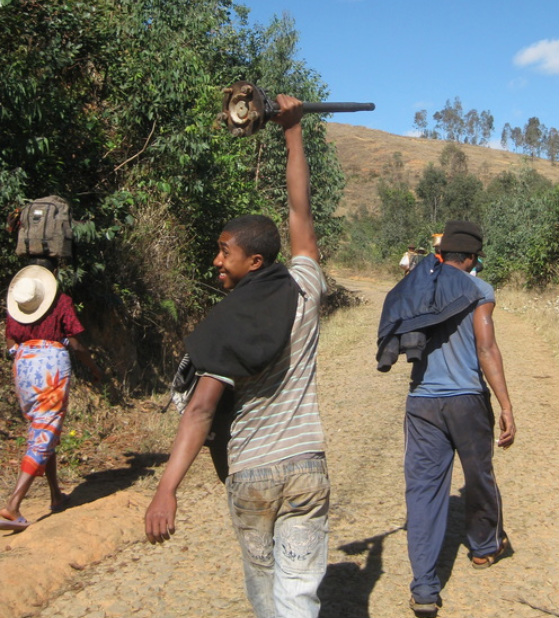
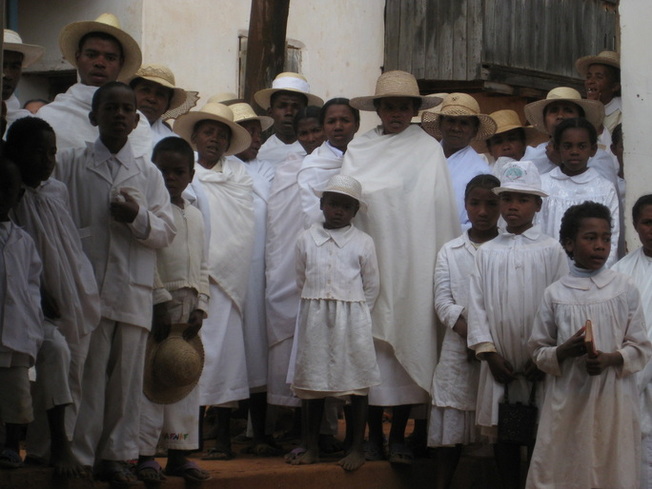
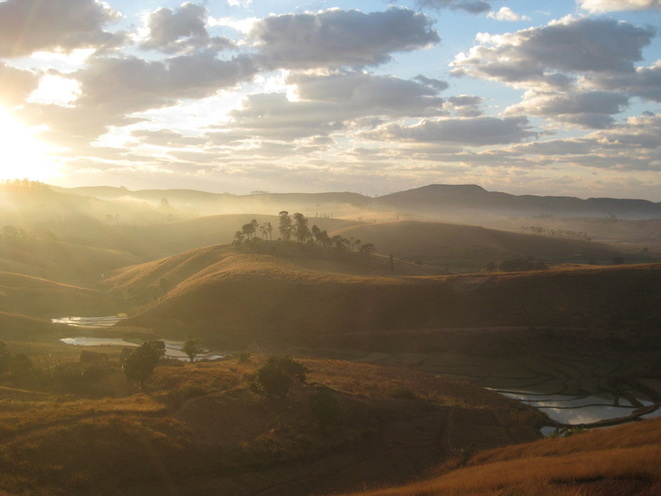
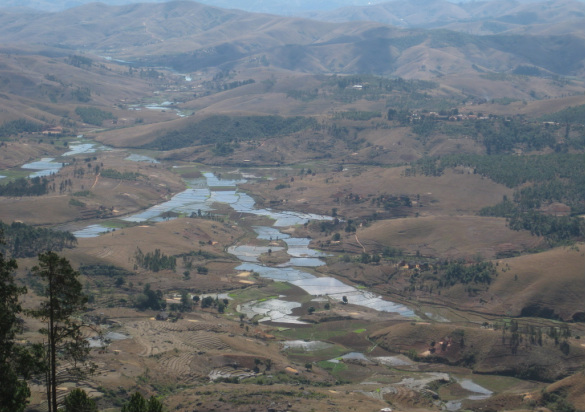
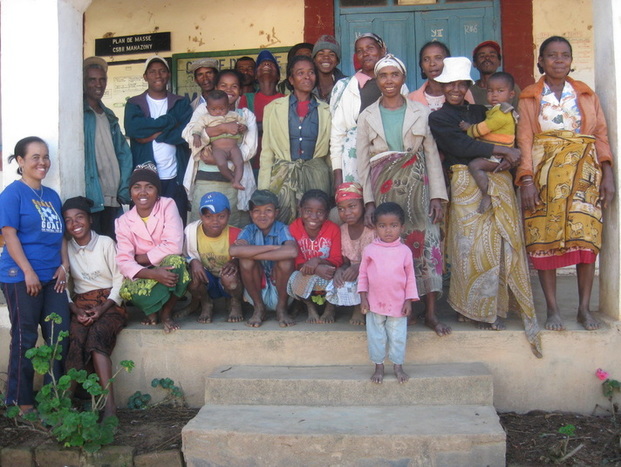
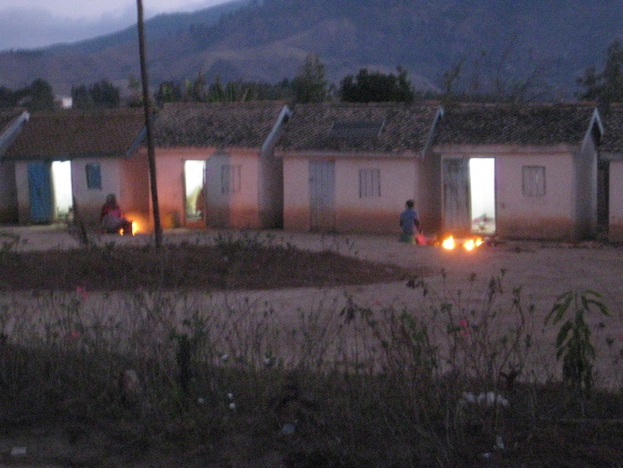
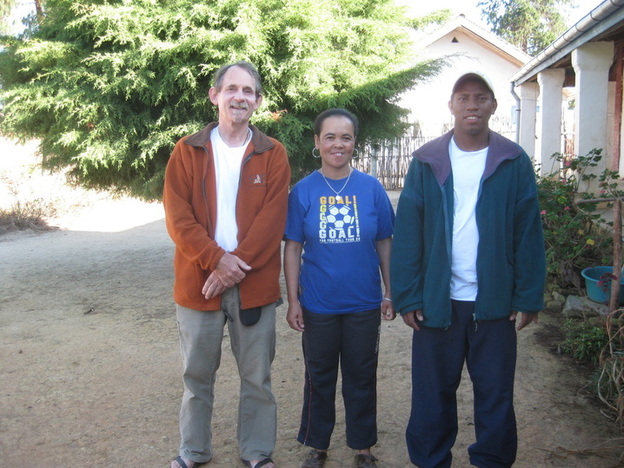
 RSS Feed
RSS Feed